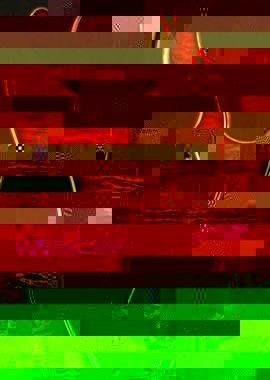I did it backwards from what you said. Before I start, it is best to get some figured pieces of wood and practice. I obtained some figured scraps from eBay for quite cheap, and I was able to get my bearings on how things behave. I started with the black around the edge, and pushed it towards the middle. I used acetone to "blend" the dye towards the middle. Then I sanded it to have the dye stay only in the places where it easily penetrated the wood. I did the same procedure with the red, pushing it from the outside to the middle, but not actually getting there. I sanded the middle of the guitar, because I liked the Black and Red effect on the outside edge. I had not actually used any dye in the center of the guitar at this point, but I wanted the middle layer of red to be sanded back so it would blend with the yellow. I then dyed the whole thing yellow, starting in the center so as not to pull the darker dyes in to the middle and muck it up. While my description sounds precise, the process was anything but. At this point the thing looked like it has three distinct areas, so I blended a little with acetone, and the barriers between the colors melted quite a bit. I reapplied a tiny amount of black to the edges to frame the look and then I put clear over the top. I should have sealed it first to try to lock the dyes in place better, they were pulled up by the solvent in the lacquer, making the clear kind of yellow. I used alcohol soluble powder dyes from Reranch. If I were to do it over, I'd use MEK dyes from LMII to avoid solvent issues. However, if you are not using lacquer, the alcohol dyes work fine, very easy really.
Patrick






